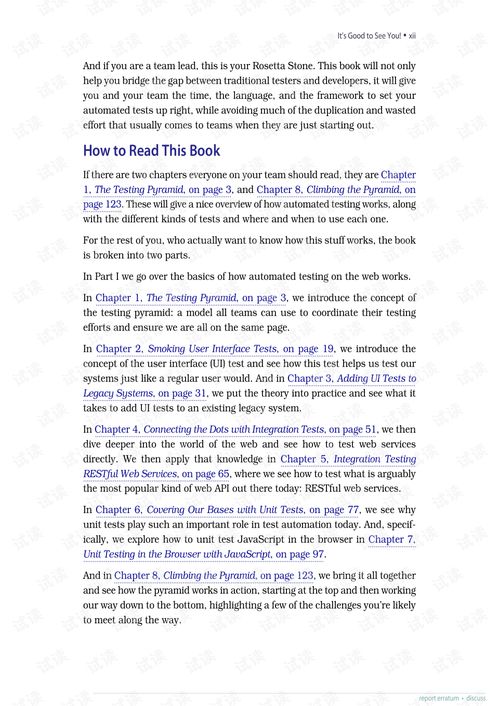Introduction: Fishing, an ancient pastime cherished by anglers worldwide, involves a myriad of skills and techniques. One crucial aspect that often goes overlooked is the proper care and maintenance of fishing lines. Cleaning your fishing line is essential for maintaining its performance and longevity. In this article, we will delve into the world of line cleaning, exploring various techniques and methods that will help you keep your fishing line in optimal condition.
I. Importance of Cleaning Your Fishing Line

- Enhancing performance: A clean fishing line allows for smoother casting, better sensitivity, and increased durability.
- Preventing tangling: Regular cleaning removes debris and particles that can cause line tangles.
- Eliminating knots: Cleaning your line helps in identifying and removing knots, ensuring a tangle-free experience.
- Extending lifespan: By maintaining a clean line, you can extend its lifespan, saving money in the long run.
II. Gathering Necessary Materials To effectively clean your fishing line, you will need the following materials:
- A soft cloth or microfiber towel
- Isopropyl alcohol or a line cleaner
- A small container for soaking the line
- Scissors or a line cutter
III. The Process of Cleaning Your Fishing Line
- Remove the line from your reel: Begin by taking the fishing line off your reel to have better access to it.
- Inspect the line: Look for any signs of wear, cuts, or knots. If you find any, address them before proceeding with the cleaning process.
- Soak the line: Fill a small container with isopropyl alcohol or a line cleaner. Submerge your fishing line in the solution for a few minutes to loosen any debris and dirt.
- Wipe the line: Use a soft cloth or microfiber towel to gently wipe the line from end to end. Pay close attention to areas with more dirt or debris.
- Dry the line: Allow the line to air dry completely before reattaching it to your reel.
IV. Advanced Line Cleaning Techniques
- The ultrasonic cleaner: An ultrasonic cleaner uses high-frequency sound waves to clean the fishing line. It effectively removes dirt, salt, and corrosion from the line. This method is especially beneficial for saltwater anglers.
- The vinegar soak: Soaking your fishing line in a mixture of water and vinegar can help remove salt and other substances that may have accumulated over time. Vinegar acts as a natural cleaner and preservative for the line.
- The brush method: If you have stubborn debris or dirt on your line, you can use a soft-bristled brush to gently scrub the line. Be sure to rinse the brush after each stroke to prevent spreading dirt.
V. Maintaining Your Cleaning Tools
- Clean your cloth or towel: After using it to clean your fishing line, wash the cloth or towel in warm water and mild detergent. Dry it completely before storing it away.
- Refill your cleaning solution: Regularly refill your isopropyl alcohol or line cleaner solution to ensure it remains effective.
- Sharpen your scissors or line cutter: Keep your scissors or line cutter sharp to make cutting the fishing line a breeze.
Conclusion: Cleaning your fishing line is an essential part of maintaining its performance and longevity. By following the techniques and methods outlined in this article, you can ensure that your fishing line remains in optimal condition. Whether you are a beginner or an experienced angler, investing time in line cleaning will undoubtedly enhance your fishing experience. Happy fishing!












